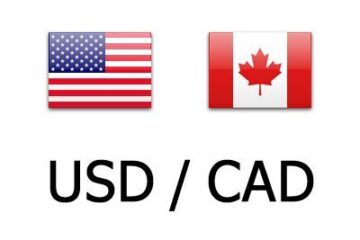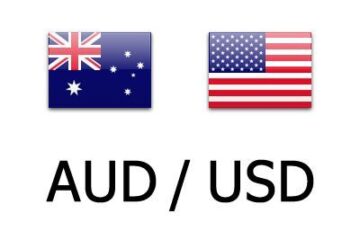When mortgage rates began to surge in 2022, it aligned with the rapid onset of inflation. However, the past few years of elevated mortgage rates have been caused by a combination of economic factors.
The Fed began interest rate hikes to discourage borrowing in an effort to stifle inflation, which raised borrowing costs across the board.
While mortgage rates are loosely associated with the federal funds rate, the 10-year treasury yield is actually a better indicator of the direction mortgage rates will go.
💰 Stay ahead of the markets: Subscribe to TheStreet’s free daily newsletter💸
Though the Trump administration originally suggested interest in replacing Federal Reserve Chairman Jerome Powell, it has shifted to a new approach to tackling mortgage rates.
Newly confirmed Treasury Secretary Scott Bessent has noted that the administration’s housing affordability efforts will also focus on reducing the 10-year treasury yield, which will likely lower mortgage rates.
However, the treasury yield is dependent on economic performance and investor sentiment, meaning that a few key factors must work together for the yield to bring down mortgage rates.
U.S. President Donald Trump and Federal Reserve Chair Jerome Powell are seen at the White House in 2018. The Trump Administration is targeting the 10-year treasury yield in an effort to help ease housing market conditions.
Xinhua News Agency/Getty Images
Mortgage rates are closely linked to the 10-year treasury yield
Though there is more public focus on the Fed’s influence on the housing market, the 10-year treasury yield is more influential in shaping mortgage rates than the federal funds rate.
Treasury yields are the interest rate the federal government pays to borrow money over different periods. The 10-year treasury yield is the interest rate for ten-year treasury bonds.
Lenders set mortgage rates within 2-3% of the 10-year treasury yield to make mortgage-backed securities more appealing to investors. The higher the treasury yield, the higher the mortgage rates.
High 10-year treasury yields can indicate high investor confidence in the economy, but they can also indicate rising inflation expectations.
More on interest rates:
The surprising reason mortgage rates are up despite interest rate cutsFed chair Jerome Powell issues warning on inflation, weak housing marketDave Ramsey shares a major mortgage, interest rate strategy now
Though 10-year treasury yields have declined for the past month, the current level is far higher than during the first Trump administration. Improving housing market conditions has been highlighted as a key priority, but it will be difficult to undo the market gridlock and lower mortgage rates without lowering the treasury yield.
Treasury yields generally follow Fed interest rate movements, but they continued to rise despite consistent Fed interest rate cuts last year. Now, Treasury Secretary Bessent has committed to lowering the 10-year yield to address the housing crisis.
“The president wants lower interest rates, and he and I are focused on the 10-year Treasury,” he said. “He is not calling on the Fed to lower rates. He believes that if we deregulate the economy — if we get this tax bill done, if we get energy down — then rates will take care of themselves, and the dollar will take care of itself.”
However, Federal Reserve experts indicate that lowering the treasury yield may be more complicated in today’s economic climate.
Inflation may be a key factor in driving down treasury yields
As of February 10th, the 10-year treasury yield stands at 4.51%. Experts note that the Treasury Department is focused on keeping the yield from crossing the 5% threshold, which would substantially hurt equities, the housing market, and interest rate-dependent products.
Austan Goolsbee, President of the Chicago Federal Reserve, advised that driving down treasury yields will likely be more complex than the Trump administration’s plan to cut regulation and taxes.
Related: Warren Buffett’s Berkshire Hathaway makes bold 2025 housing prediction
“We don’t control long-term rates — what drives long rates is complicated and linked to things like Treasury debt issuance, market expectations of inflation, and global economic conditions,” he said.
Other financial professionals have suggested that fears of rising inflation — prompted by Trump tariffs and brewing trade wars — and the anticipated rising government debt have likely driven yields higher.
Non-inflationary policies may be key in helping drive down treasury yields and mortgage rates.
Related: Veteran fund manager issues dire S&P 500 warning for 2025


